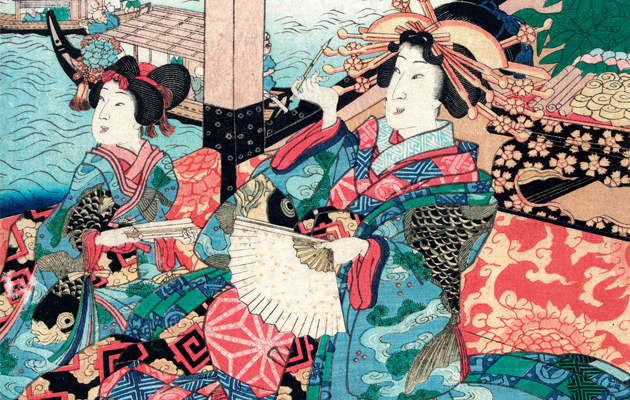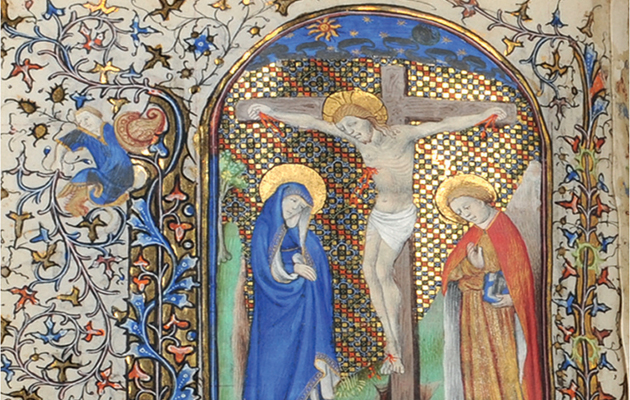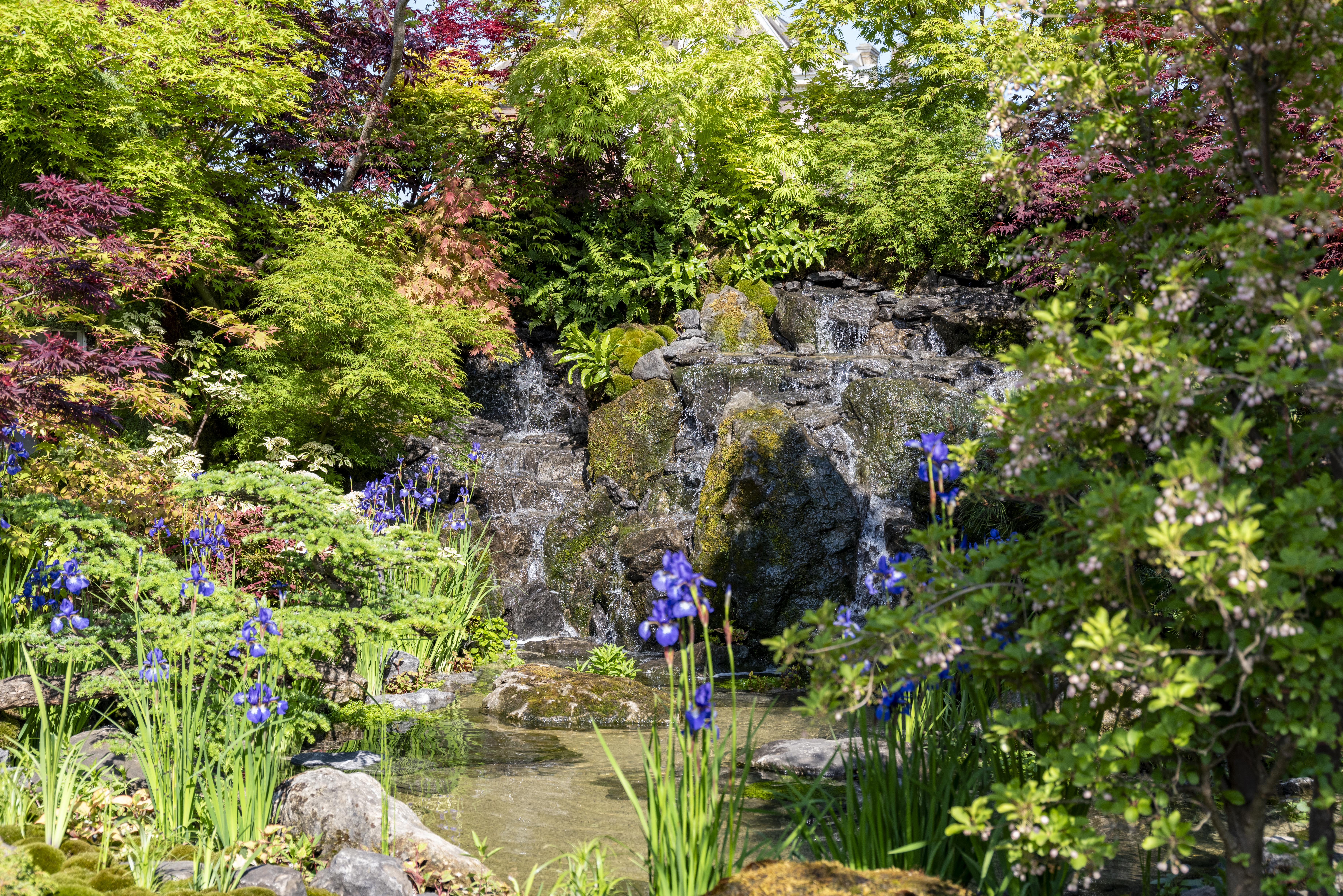Exhibition review: 'Cotton to Gold'
Caroline Bugler reviews 'Cotton to Gold' at Two Temple Place in London.


Mid-19th-century Lancashire was a place of hectic industrial activity. The textile industry was flourishing and towns expanding rapidly as rural workers flooded in to man the cotton mills and businesses that serviced them. Yet the manufacturing boom also created unsettling disparities between rich and poor.
Our view of the period is heavily coloured by the narratives of Elizabeth Gaskell and Friedrich Engels, which vividly describe the hardships of working-class factory life, but the lives of the magnates who owned the factories have not been recorded in such colourful detail. Many of these new entrepreneurs accumulated vast fortunes, but several felt a Christian duty to repay some of their moral debt through philanthropy, founding schools, hospitals and orphanages.
A number also quietly amassed collections of art and antiquities for their own pleasure, eventually donating or bequeathing them to local museums as an extension of their charitable activity and a way of ensuring some measure of immortality. What they chose to collect speaks eloquently about their tastes and sense of place in history.
Last month, some of the objects they acquired left the North-West to go on show in London. Blackburn Museum and Art Gallery, Towneley Hall in Burnley and Haworth Art Gallery in Accrington have sent the collections given to them by 11 local businessmen to an exhibition that opened last week at Two Temple Place, London WC2. The imposing late-Victorian mansion just off the Embankment is only open to the public during its annual winter show of art from regional museums, so this is a rare chance to enjoy its grand interiors.
In fact, it’s hard to imagine a better setting for an exhibition drawn from the private collections of wealthy industrialists than a building constructed by their contemporary, William Waldorf Astor, once said to be the richest man in America.
The show is an eclectic mix of watercolours, drawings, taxidermy, Tiffany glass, medieval manuscripts, icons, ivories, Japanese prints and archaeological finds. All the objects have a story to tell about the history of collecting and the men who bought them.

Unlike modern museum curators, who are governed by institutional collecting policies, Victorian manufacturers could buy whatever caught their eye. Even allowing for the fact that the exhibition concentrates on smaller portable objects, what is striking is that the magnates did not necessarily go for the kind of showy statement pieces favoured by today’s oligarchs and self-made billionaires; many of their acquisitions would have been intended for very private enjoyment.
Sign up for the Country Life Newsletter
Exquisite houses, the beauty of Nature, and how to get the most from your life, straight to your inbox.
Although there is an intriguingly random sense about what is on show, common themes emerge: the non-Western objects reveal an awareness of the wider world created by trade with the British Empire and other foreign countries; locally made objects or art with a Lancashire connection express a sense of regional pride; stuffed animals, coins and books bear witness to the Victorian fascination with natural and human history.
Robert Edward Hart of Blackburn, who made his fortune from manufacturing the rope that drove the cotton machines, had a strong preference for documentation: his collection ranged broadly across the history of the written word, from ancient Assyrian clay tablets to exquisitely illuminated Books of Hours and private press books produced during his lifetime. His coin cabinet also spanned currency from the Greek Empire to Victorian times.
George Booth, an iron founder from Preston, concentrated on Nature in the form of stuffed birds and mammals shown in glass cases against dioramas of their natural habitats, and Arthur Bowdler of Blackburn was partial to beetles, attracted by their gemlike brilliance. Unfortunately, they upset the ladies.
It’s hardly surprising that British art features strongly in these collections: there are Turner watercolours, engravings after Landseer and life drawings by Millais, as well as book illustrations. But a number of collectors looked beyond these shores in search of more exotic objects. Cotton manufacturer Thomas Boys Lewis, moved less by historical significance than purely aesthetic considerations, hunted down icons, enamel plaques, paintings and Japanese prints, all characterised by brilliant colour. George Eastwood, who built his fortune as a decorator of bazaars, halls and banquets, collected ivories from Europe, Africa and Asia.
The biggest surprises are those pieces that ended up in the North-West because their owners sought their fortunes overseas. Haworth Art Gallery happens to have Europe’s largest public collection of Tiffany glass, because Joseph Briggs, who left the town as a youth to become head of the Tiffany Studios in New York, bought up the stock when the company went bankrupt in 1932 and shipped it back to his hometown.
And a Peruvian mummy resides in Towneley Hall simply because William T. Taylor, a Burnley native, stumbled across it while he was in Peru building a hydroelectric power station.
‘Cotton to Gold: Extraordinary Collections of the Industrial North West’ is at Two Temple Place, London WC2, from January 31 to April 19 (020–7836 3715; www.twotempleplace.org)
Country Life is unlike any other magazine: the only glossy weekly on the newsstand and the only magazine that has been guest-edited by HRH The King not once, but twice. It is a celebration of modern rural life and all its diverse joys and pleasures — that was first published in Queen Victoria's Diamond Jubilee year. Our eclectic mixture of witty and informative content — from the most up-to-date property news and commentary and a coveted glimpse inside some of the UK's best houses and gardens, to gardening, the arts and interior design, written by experts in their field — still cannot be found in print or online, anywhere else.
-
 Hidden excellence in a £7.5 million north London home
Hidden excellence in a £7.5 million north London homeBehind the traditional façades of Provost Road, you will find something very special.
By James Fisher
-
 RHS Chelsea Flower Show: Everything you need to know, plus our top tips and tricks
RHS Chelsea Flower Show: Everything you need to know, plus our top tips and tricksCountry Life editors and contributor share their tips and tricks for making the most of Chelsea.
By Amie Elizabeth White